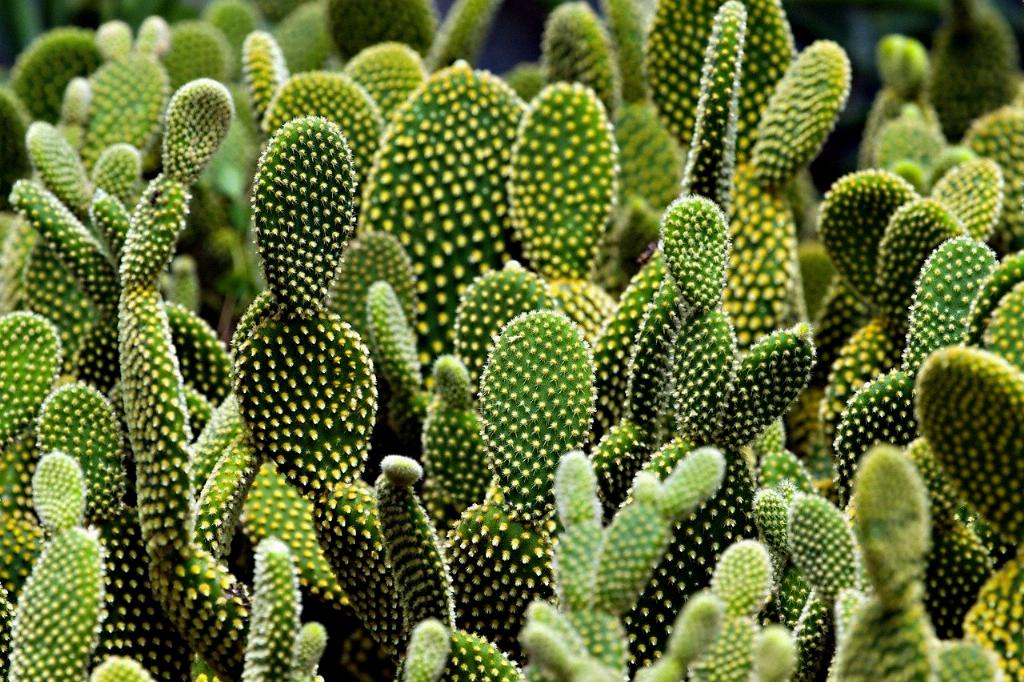When it comes to the fascinating world of plant reproduction, the saguaro cactus stands out as a prime example of how intricate and unique this process can be in the natural world. Let’s delve into the captivating mechanisms that govern the reproduction of these iconic desert plants.
Sexual Reproduction in Saguaro Cacti
Saguaro cacti exhibit sexual reproduction, a process that involves the fusion of male and female reproductive cells. In the case of these majestic cacti, both a male and female plant are required for successful reproduction to occur.
The Role of Flowers in Reproduction
The key players in the reproductive journey of the saguaro cactus are its exquisite flowers. These flowers, which bloom predominantly at night, serve as the epicenter of the plant’s reproductive activities. The blooming of these flowers marks the beginning of a carefully orchestrated process that culminates in the creation of new saguaro offspring.
Pollination by Nocturnal Creatures
To bring about pollination, the saguaro cactus has forged a special relationship with the creatures of the night. Nocturnal visitors such as bats and moths play a crucial role in the pollination of saguaro flowers, carrying out this vital task under the cover of darkness.
The Fruitful Outcome of Pollination
Following successful pollination, the flowers of the saguaro cactus undergo a remarkable transformation as they develop into fruits. These fruits embody the future of the plant, containing the precious seeds that will give rise to new saguaro cacti.
Seed Dispersal and Propagation
Once the seeds are enclosed within the fruits, the saguaro cactus deploys various strategies for their dispersal. Animals such as birds and rodents may consume the fruits, carrying the seeds to new locations where they can germinate and establish themselves as the next generation of saguaros.
Environmental Factors and Reproductive Success
Environmental conditions play a significant role in shaping the reproductive success of saguaro cacti. Factors such as temperature, rainfall patterns, and pest interactions can all influence the ability of these plants to reproduce and thrive in their arid desert habitat.
Challenges and Adaptations
Despite their resilience, saguaro cacti face a host of challenges in their quest for reproduction. Competition for resources, predation, and climate fluctuations are just a few of the obstacles that these plants must navigate as they seek to propagate and ensure the continuity of their species.
The Interplay of Genetics and Evolution
At the genetic level, the reproductive strategies of saguaro cacti reflect the intricacies of evolutionary processes that have shaped these plants over time. Through adaptation and selective pressures, these cacti have developed sophisticated mechanisms to enhance their chances of successful reproduction and survival.
Conservation and Preservation Efforts
Given the ecological significance and cultural importance of saguaro cacti, conservation efforts are essential to safeguarding these iconic desert dwellers. By protecting their natural habitats and raising awareness about the importance of preserving biodiversity, we can ensure that future generations will continue to marvel at the beauty of these remarkable plants.

